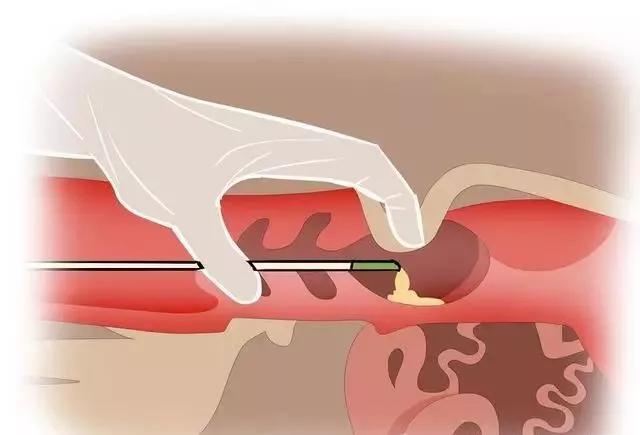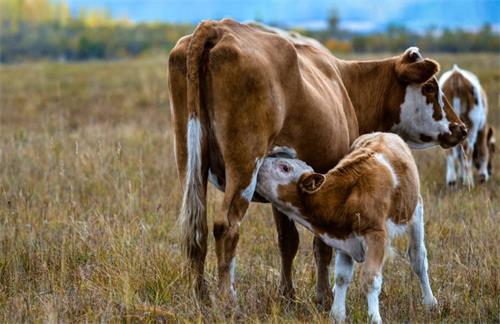The main purpose of dairy cow production is to produce more milk for people's living needs. The main purpose of dairy cow reproduction is to produce more calves. Therefore, gender identification in dairy cow production is particularly important.
When using imported cattle B-ultrasound to identify the gender of dairy cow fetuses, the diagnosis is mainly based on the law of dairy cow fetal development. The external genitalia characteristics of dairy cow fetuses are examined by imported cattle B-ultrasound scanning imaging, and the gender of dairy cow fetuses is determined according to the relative position of the reproductive tubercle at different gestational periods.
The reproductive tubercle is an embryonic structure that can develop into the penis of a bull or the clitoris of a cow. In the imported cattle B-ultrasound image, the reproductive tubercle is a strong echo, two-lobed structure, and each natural lobe has an oval outline. During differentiation, the male reproductive tubercle moves from between the two hind wing branches to the umbilical cord, while the female moves to the tail.
The reproductive tubercle of the dairy cow fetus is the most reliable sign to identify the gender of the dairy cow fetus, and the umbilical cord is the most effective clue for finding the reproductive tubercle of the male fetus by imported cattle B-ultrasound. It is crucial to find the connection between the umbilical cord and the abdominal cavity. During the 60th to 70th day of pregnancy, the identification mainly relies on the scanned images of the longitudinal or lateral position of the fetus.
After the 70th day of pregnancy, the transverse screenshot of the fetus can be used to find the fetal genital tubercle. If the fetus is male, the genital tubercle is close to the back of the umbilicus in the image, and the genital tubercle is strong and has a two-half structure. After the 70th day of pregnancy, as the mammary gland (or scrotum) gradually enlarges during the fetal development period, it can also be used as a basis for gender identification. If the operator carefully scans the part between the two hind legs, the scrotum or mammary gland can be seen.
The use of imported cattle B-ultrasound to identify the male and female fetuses of dairy cows has been successful in cattle, horses and buffaloes, with a diagnostic accuracy rate of more than 90%. Even in goats, a high identification accuracy rate has been achieved.








